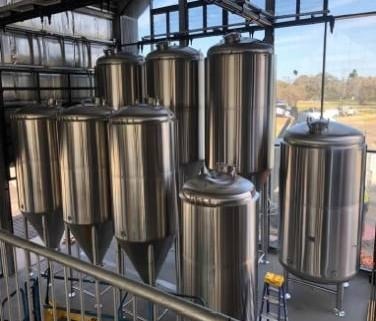Beer Fermenters: Choosing, Using, and Maintaining
Overview of Beer Fermenters
Beer fermenters are the unsung heroes of the brewing process, playing a pivotal role in transforming wort into delicious, carbonated beer. Whether you’re a homebrewer experimenting in your garage or a commercial brewery churning out thousands of gallons daily, fermenters are where the magic happens. But what exactly makes a beer fermenter tick? What types are available, and how do you choose the right one? Let’s dive in and explore everything you need to know.
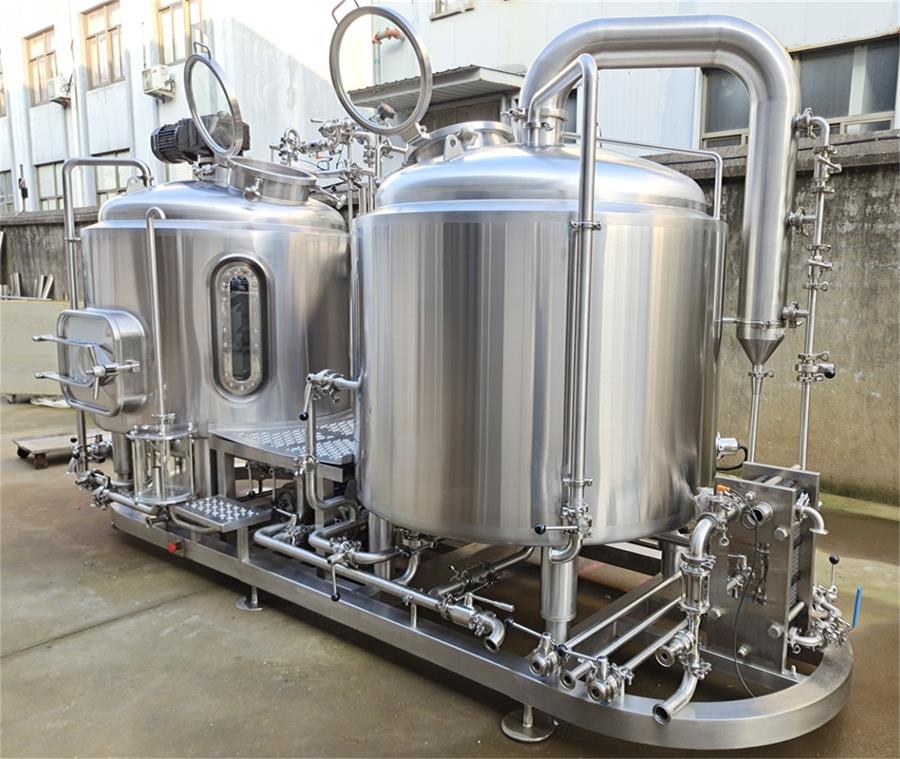
Types of Beer Fermenters
Beer fermenters come in various shapes, sizes, and materials, each tailored to meet specific brewing needs. Here are the main types:
1. Plastic Fermenters
Plastic fermenters are lightweight, affordable, and ideal for beginners. Typically made from food-grade polyethylene, they are easy to handle but prone to scratches, which can harbor bacteria if not cleaned properly.
2. Glass Carboys
Glass fermenters, or carboys, are popular for their non-porous nature and resistance to staining and odor retention. They provide a clear view of the fermentation process but are fragile and heavier than other options.
3. Stainless Steel Fermenters
Stainless steel fermenters are the gold standard for both home and commercial brewers. They are durable, easy to clean, and resistant to bacteria and oxidation. Their superior insulation makes them perfect for temperature-sensitive fermentation.
4. Conical Fermenters
Conical fermenters have a cone-shaped bottom that allows easy removal of sediment and yeast. Available in various materials, these fermenters are ideal for secondary fermentation and large-scale production.
5. Unitanks
Unitanks combine fermentation and conditioning in one vessel. Used primarily by professional brewers, they streamline the brewing process and save space, though they can be pricey.
How to Choose a Suitable Beer Fermenter
Selecting the right fermenter depends on several factors. Here are key considerations to guide your decision:
- Batch Size: Homebrewers typically opt for smaller fermenters (5-10 gallons), while commercial setups require tanks holding hundreds or thousands of gallons.
- Material Preference: Stainless steel is ideal for durability and hygiene, while plastic and glass are budget-friendly alternatives.
- Temperature Control: Some fermenters come with built-in temperature regulation systems, crucial for precise brewing.
- Ease of Cleaning: Smooth surfaces like stainless steel or glass are easier to clean and sanitize.
- Budget: While stainless steel fermenters are superior, they’re costlier than plastic or glass options.
The Working Principle of Beer Fermenters
Fermenters are where yeast converts sugars in the wort into alcohol and carbon dioxide, a process called fermentation. Here’s how it works:
- Filling: The fermenter is filled with cooled wort, which contains dissolved oxygen for yeast health.
- Yeast Addition: Yeast is pitched into the wort to kickstart fermentation.
- Primary Fermentation: This stage lasts 3-10 days, during which yeast rapidly converts sugars into alcohol and produces heat and foam.
- Secondary Fermentation: Beer is transferred to a new vessel to mature, clarify, and develop flavors.
- Conditioning: Some fermenters allow carbonation during this stage, streamlining the process.


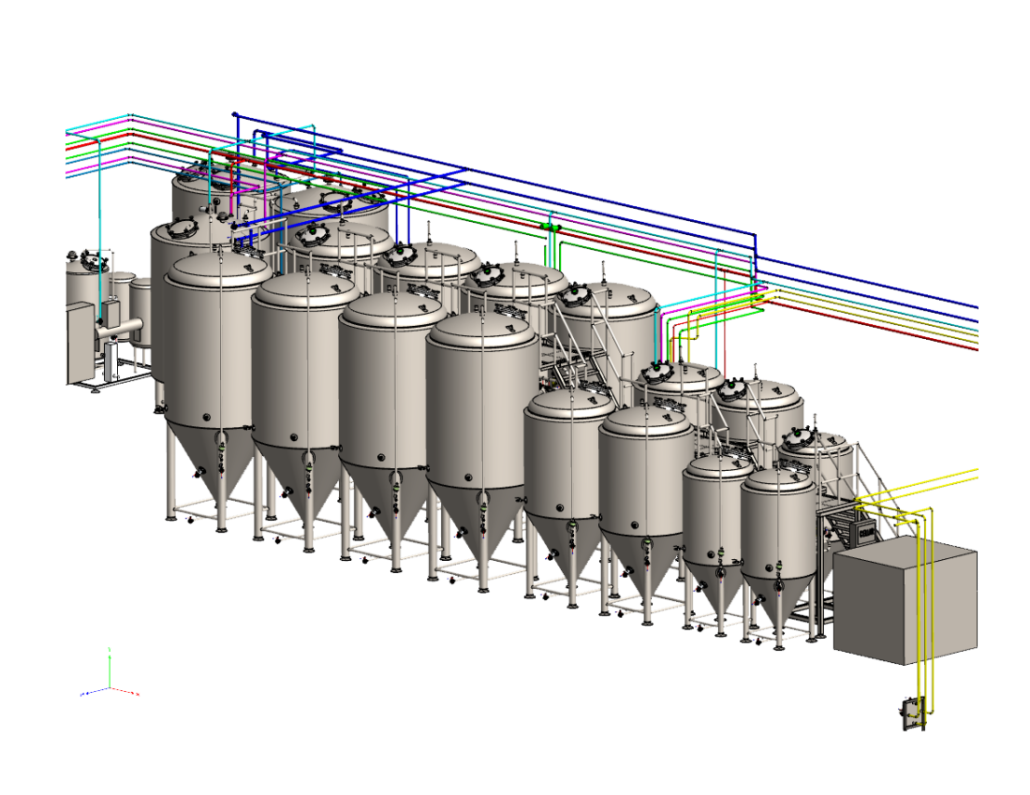
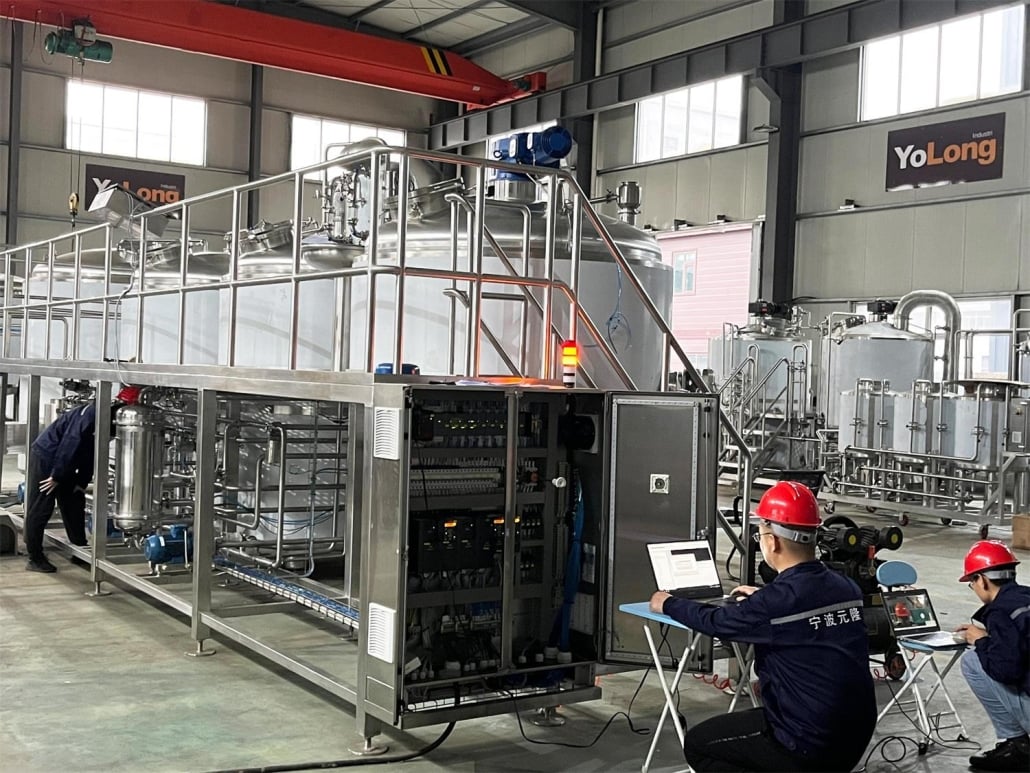

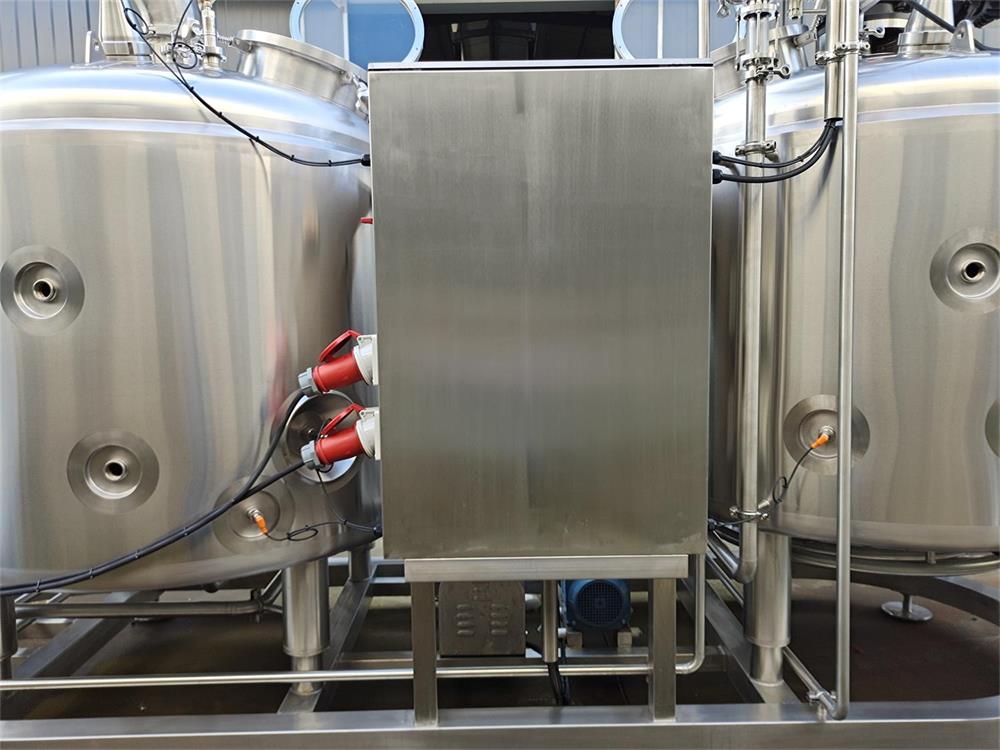
Maintenance and Cleaning of Beer Fermenters
| Step | Details |
|---|---|
| Pre-Cleaning | Rinse the fermenter immediately after use to prevent residue buildup. |
| Cleaning Agents | Use non-abrasive, brewery-approved cleaners to avoid scratches and damage. |
| Sanitization | Sanitize with no-rinse solutions before every use to prevent contamination. |
| Inspection | Check for scratches, dents, or cracks that can harbor bacteria. |
| Storage | Store in a clean, dry place to avoid mold or rust formation. |
Key Features to Consider When Choosing a Beer Fermenter
| Feature | Why It Matters |
|---|---|
| Material | Affects durability, insulation, and ease of cleaning. |
| Size | Must match your batch size to prevent overflow or underutilization. |
| Temperature Control | Ensures consistent fermentation, especially for lagers and ales. |
| Portability | Important for homebrewers who need to move fermenters often. |
| Ease of Maintenance | Reduces time spent cleaning and ensures a hygienic brewing environment. |
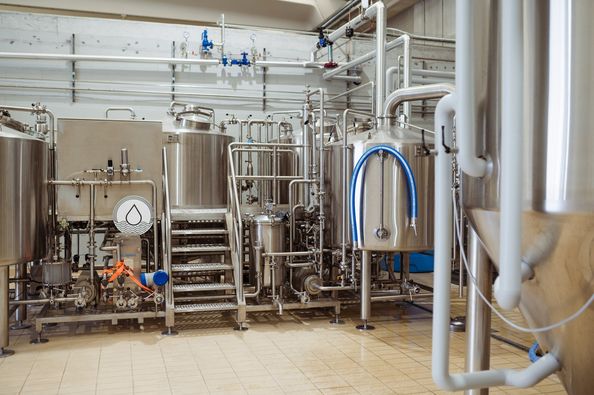
How Can Commercial Beer Fermenters Improve Production Efficiency?
Commercial beer fermenters are engineered for scalability and precision. Here’s how they make brewing more efficient:
- Larger Capacity: High-volume fermenters reduce the need for multiple small batches, saving time and resources.
- Integrated Systems: Features like automatic temperature control and CIP (Clean-In-Place) systems streamline operations.
- Durability: Made from industrial-grade stainless steel, these fermenters last longer, reducing replacement costs.
- Space Efficiency: Vertical designs maximize brewery floor space.
- Enhanced Quality Control: Consistent fermentation conditions lead to a uniform product, boosting customer satisfaction.
FAQ
| Question | Answer |
|---|---|
| What size fermenter should I use? | Match your fermenter to your batch size, allowing extra space for krausen. |
| How do I sanitize a fermenter? | Use a no-rinse sanitizer like Star San and ensure all surfaces are evenly coated. |
| Can I use plastic fermenters for long-term? | Yes, but avoid extended use as scratches can harbor bacteria over time. |
| Why is temperature control important? | It ensures yeast functions optimally, preventing off-flavors and stalled fermentations. |
| What is a conical fermenter used for? | To simplify sediment removal and secondary fermentation without transferring beer. |

